Bikaner – India Sustainable Travel Part 2
In this Bikaner travel guide/travel diary, I cover:
Train to Bikaner
After spending two crazy days in Delhi, we took a six-hour train ride from Delhi to Bikaner, Rajasthan. Now that I've taken the train, I prefer it to travel by plane or car in India. Train travel is more eco-friendly and affordable, and it's fun!
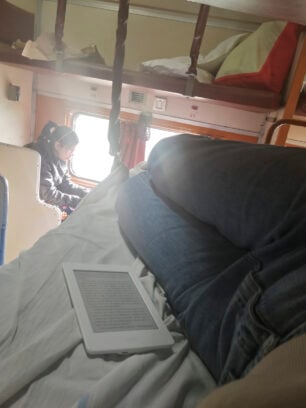
For this train, I believe there were five classes and we were in the third class with reserved seating/bunk beds. They provided us with clean sheets and pillows, and I either lounged on the bed reading or slept for most of the ride. Every so often, sellers came by offering chai or biryani. The other passengers were friendly, and you could easily strike up conversations. Why can't train travel be like this in Canada?
While my section was already pretty comfortable, I'll curious about how awesome first class would be. In my heart, I'm a bougie traveler.
We pulled into Bikaner in the early afternoon. The air was a lot less polluted here than in Delhi, and the warm weather and sunshine was a pleasant welcome in late December.
Staying in a zero-waste guesthouse
A tuk-tuk ride took us to Hara House, Jazzmine's zero-waste guesthouse. (2021 update: sadly, Hara House is now permanently closed.) We met co-founder Manoj, also a talented chef who makes most of the meals for the guests. He even showed me how to make chai tea.
The founders, employees, and volunteers put a lot of love and care into this space and it shows. Everything from the beautiful walls adorned with murals and plants, to the colorful textiles and upcycled cushions gave Hara house its happy, peaceful vibe.
My favorite section is the rooftop lounge. I like to sit here and listen to the call to prayer from the nearby mosque and watch the gorgeous sunset as local kids fly kites from their balconies. Neighbors smile and wave when they see you, and if they are close enough, they will say hi and chat, especially the children.
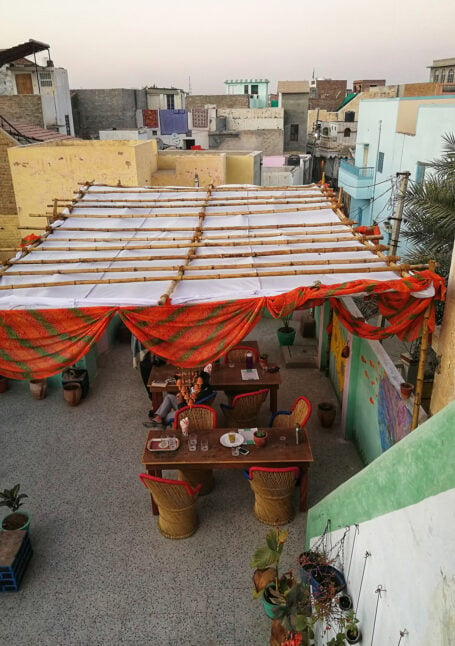
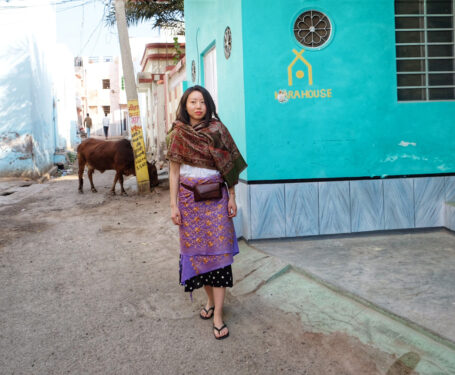
While I enjoyed all the cities I visited in India, Bikaner is my favorite because I got to explore the local culture in more depth here. Even a wedding parade passed by the street. It helps that Bikaner doesn't have as many tourists, although as foreigners we did stick out and received more curiosity from the locals—and selfie requests. Little kids will marvel at seeing someone with blonde hair and blue eyes.
One thing I am amazed by in India was how confident and outgoing the kids seemed. They will walk up to you and strike up conversations. I think it is because they are probably not taught at a young age to beware of strangers and they have more freedom to play outside without intense adult supervision.
Boundaries seem more lax in general—neighbours can pop in unannounced for a chat, as it happened in Hara House. An auntie came in one day to meet us. She cupped our faces and called us cute (or something along those lines). As a longtime city dweller who rarely interacts with neighbours, this sense of community is refreshing.
Textile shopping in Bikaner
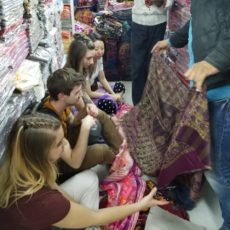
While the neighbourhood of Hara House is quite tranquil, once we got into the core of the city, it was just as chaotic as Delhi. KEM Road Market is a long walk or a short tuk-tuk ride away. Jazzmine recommended buying textiles here, which are high quality and beautiful yet less expensive than in other cities. The red and green wool shawl I bought worked out to be around $7 or $8 CAD.
I also bought a few yards of a bubblegum pink wool fabric. We can get clothes custom-made here, but I couldn't make a decision in time, so I still have the fabric and haven't made anything with it yet.
New Year's Eve party in the desert
We packed overnight bags for the New Years' Eve bash in the desert that Hara House organized. To get to the desert, first we took a public bus—which was very pink and had a musical honk—to the village of Chandasar. Hara House had arranged to borrow camels from the village to take us to the desert from there.
Animal tourism is something to be wary of due to the cruelty and abuse the animals might suffer. You may want to avoid riding elephants in India for example and read this new National Geographic exposé on wildlife tourism. Since we collaborated with the local village, no camels were harmed for the sake of tourism.
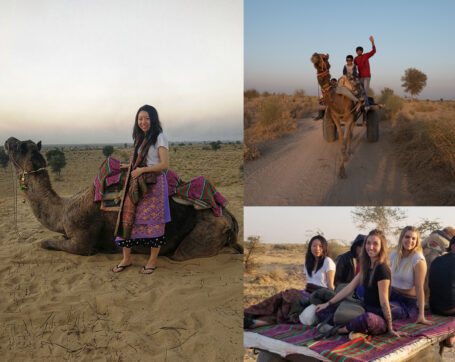
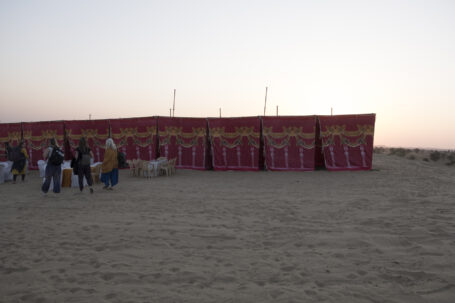
Manoj is from Chandasar, and his friends and family had helped set up our glamping tents, the performance stage, as well as prepare dinner. After the delicious meal, I could feel my body shutting down from exhaustion (typical introvert reaction to overstimulation), and I took a nap in my cot. Luckily, I woke up in time for the midnight countdown, the fireworks, and entertainment from two local dancers. Starting the new year in an Indian desert is pretty magical.
Junagarh Fort
Back in Bikaner, I almost skipped out on visiting Junagarh Fort because I wanted more time to sloth out on the rooftop lounge. I'm glad I pushed myself to go because the fort is definitely worth seeing, especially if you've never been to an Indian fort before. It is jaw dropping! I wondered why not more modern homes are inspired by this style of architecture and design, but I suppose it would take a lot of labour and expense to achieve the same level of artistry.
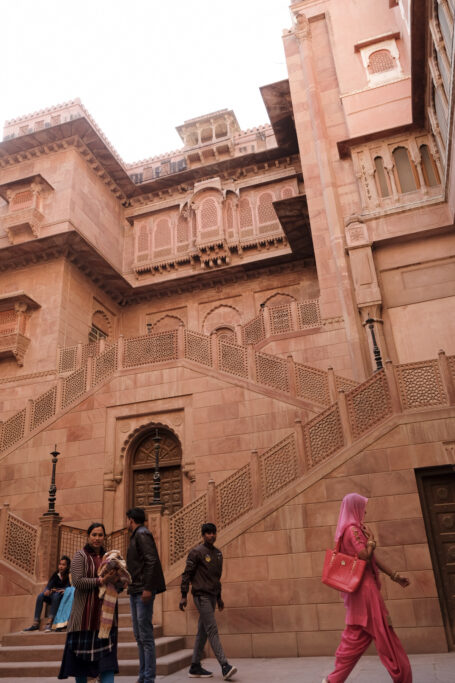
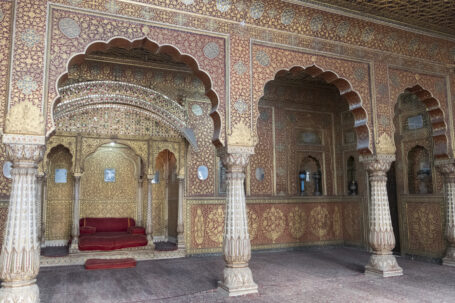
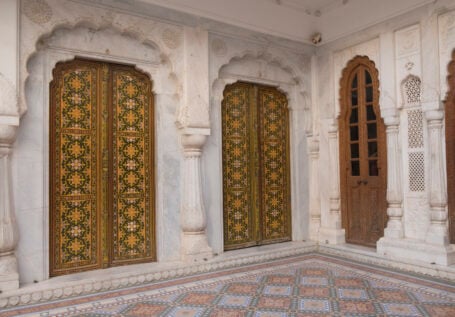
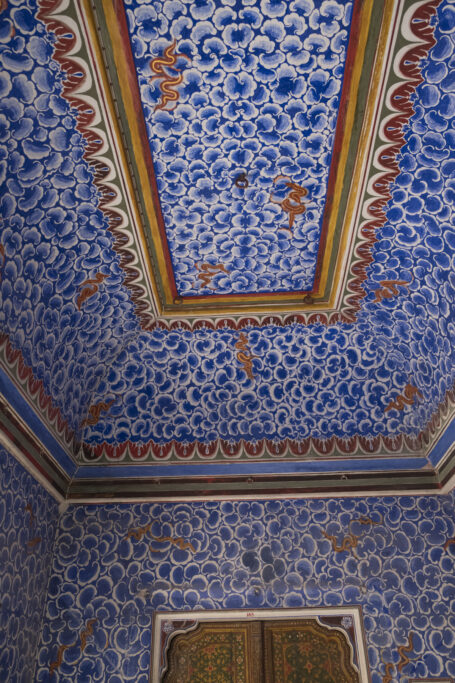
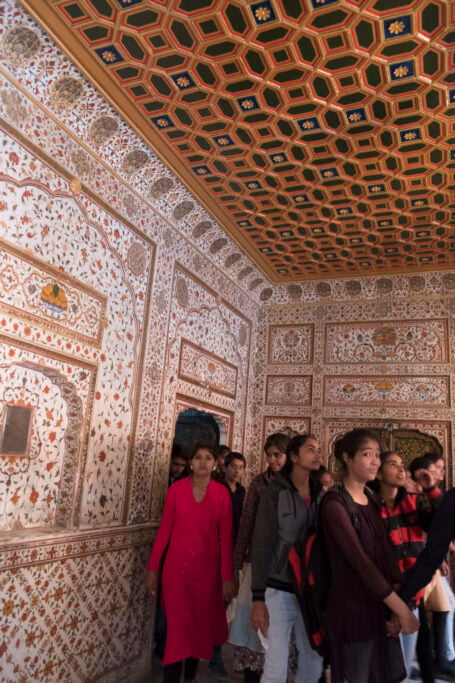
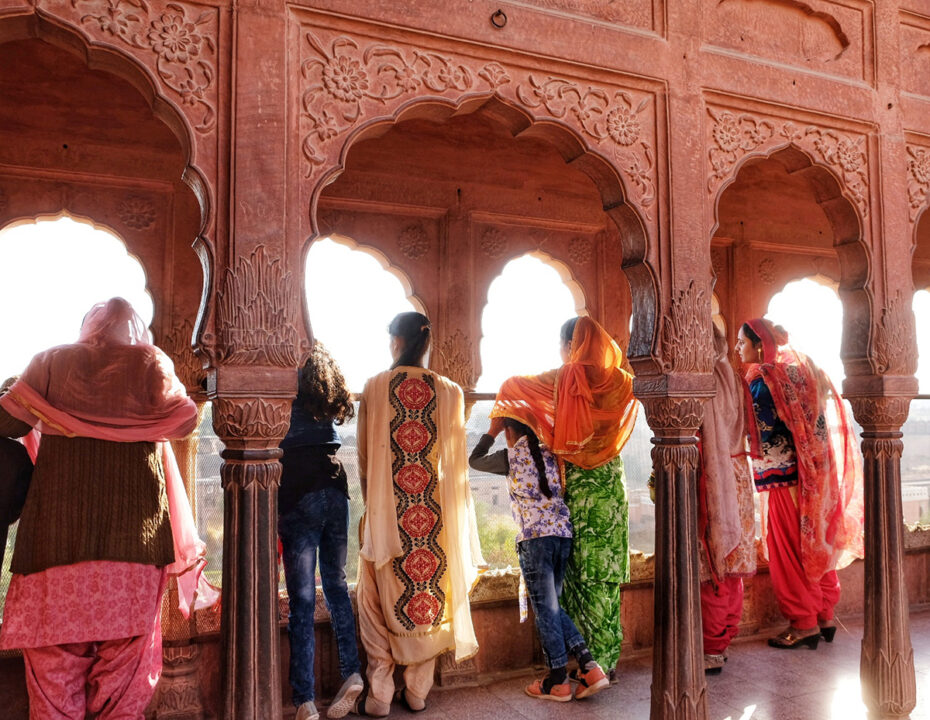
The foundation of this fort was laid by the sixth ruler of Rathore dynasty of Bikaner in 1589 A.D. Today, it is a museum. Many students were visiting on field trips. We had our own guides, Hara House's student interns Deeksha and Dharinee. These young women are genuinely adorable, and we enjoyed spending time with them as they took us around Junagarh Fort and the Old City and answered any questions we had.
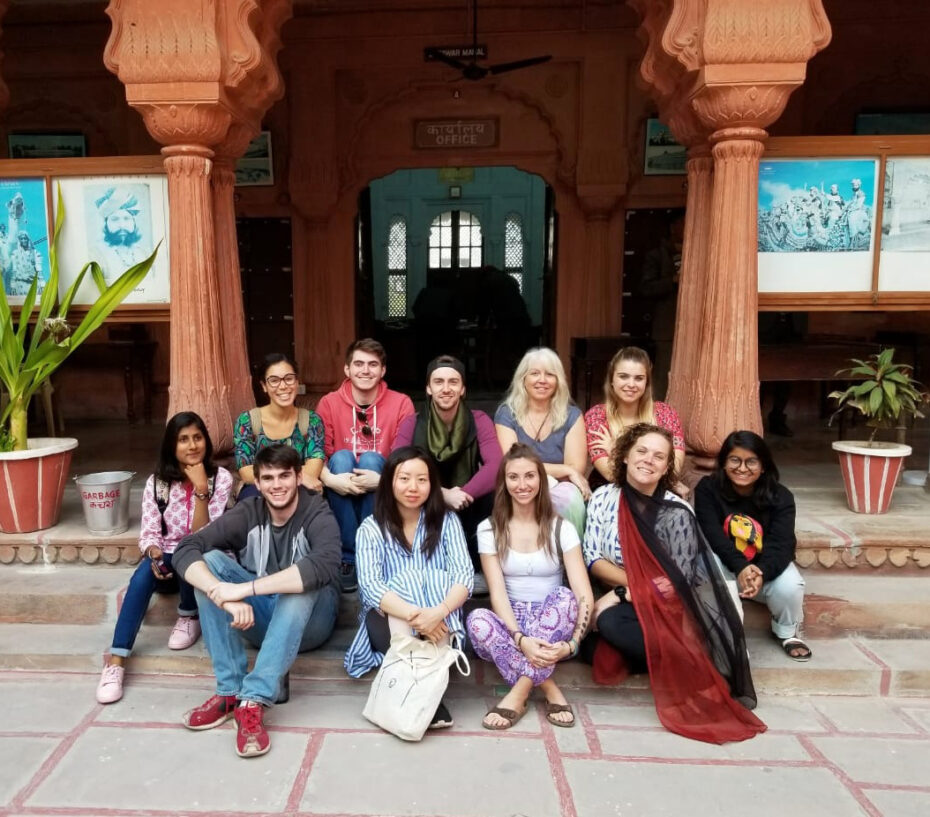
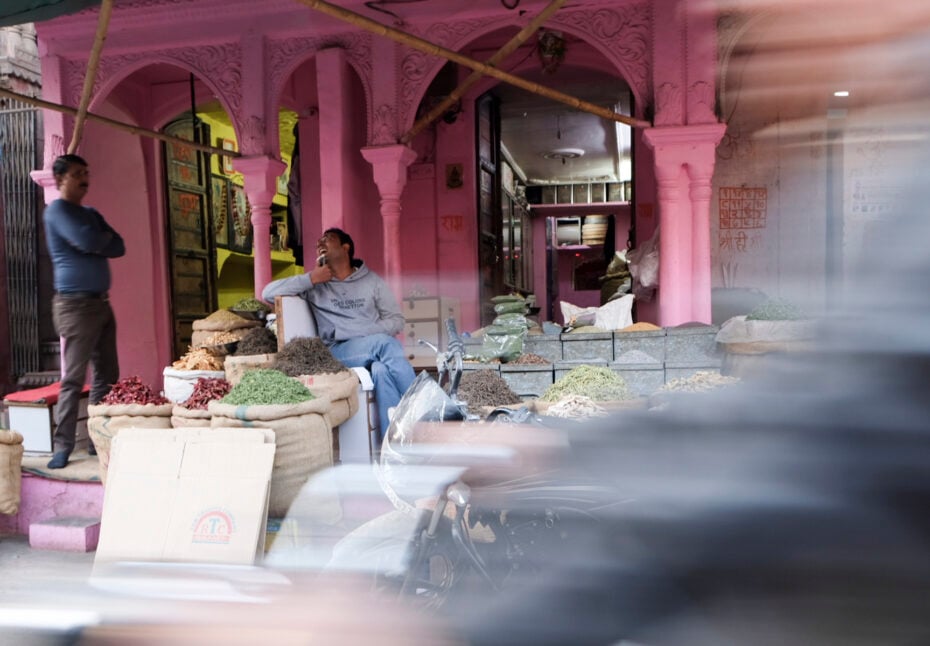
Temple of Rats
The next day, we went to the Karni Mata Temple, famous for housing over 25,000 holy black rats! Many visitors travel great distances to receive blessings from these rats. As with other temples, you must remove your shoes before going in, so I was concerned about accidentally stepping on a furry little guy. Only a few white rats live here, which are especially holy. Manoj came with us on this trip, and he told us that if we see white rats, which are believed to be manifestations of Karni Mata and her sons, we'll have good luck for the year. We did see one.
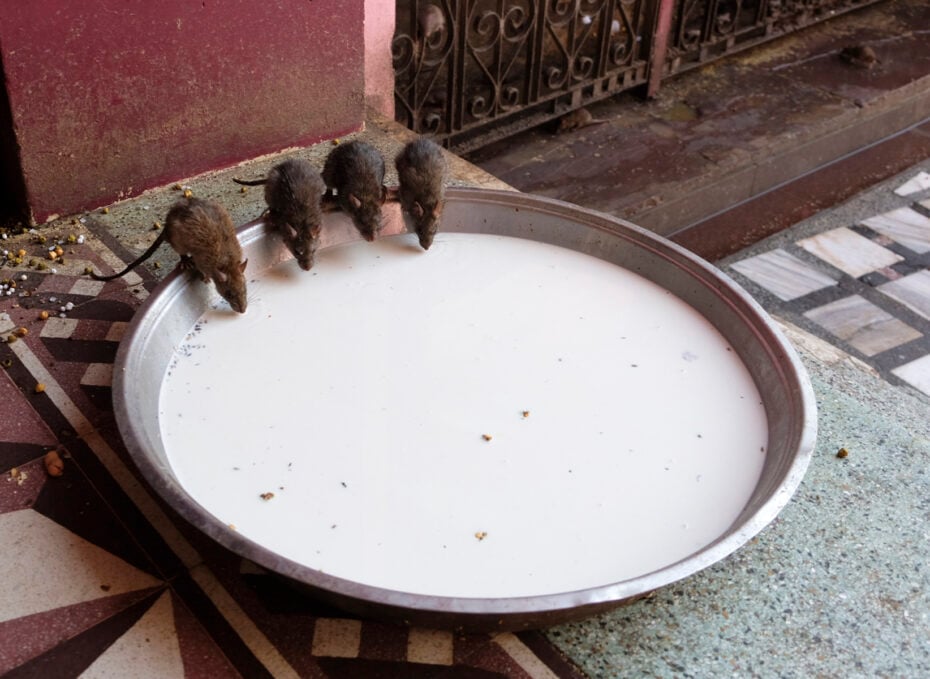
The rats are small and cute so I wasn't freaked out. I just tried not to make sudden movements to avoid touching them. Sometimes I couldn't tell if a still rat was dead or just resting. I like to think they were just taking mid-afternoon naps.
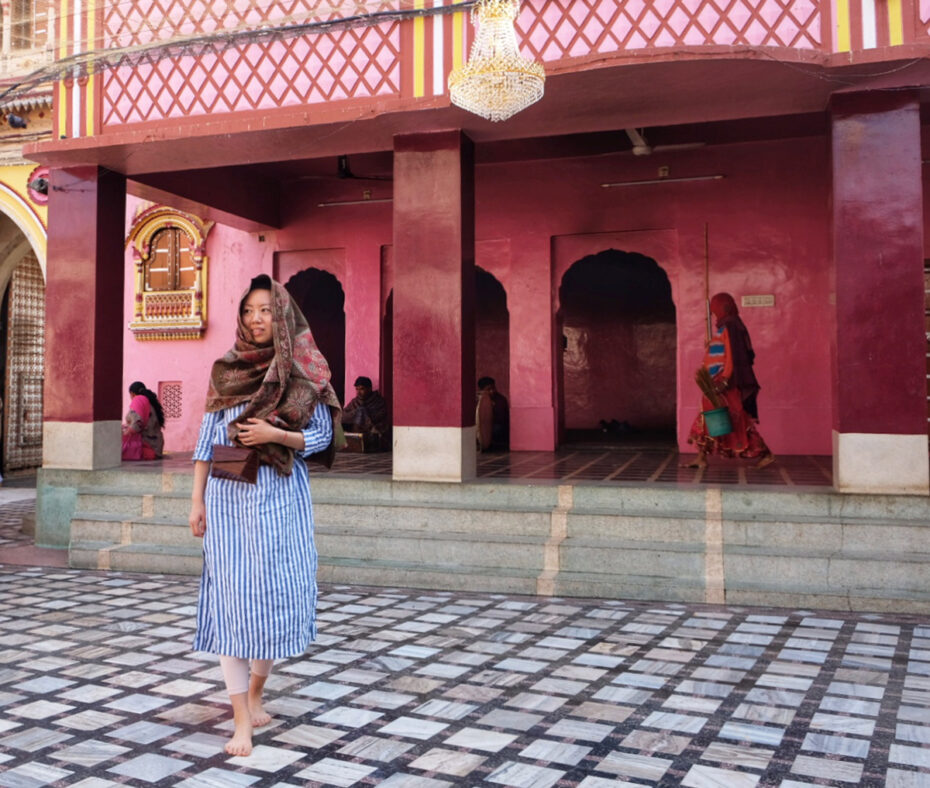
Headscarves are not required here (only in mosques they are), but I wore my new shawl as one because it did triple duty to keep me warm, protect me from pigeons flying around in one part of the temple, and help me travel incognito as a foreigner.
Jain Temple
Deeksha and Dharinee took us to visit the Jain Temple one afternoon. This is another incredibly ornate and colourful structure. Can my house be like this? Legend has it that 40,000 kilograms of ghee were used instead of water to mix with mortar in the construction of this temple, and locals swear that the walls and floors become sticky on hot summer days.
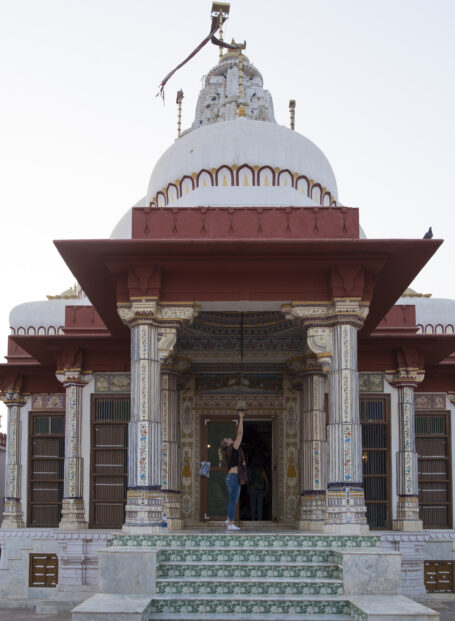
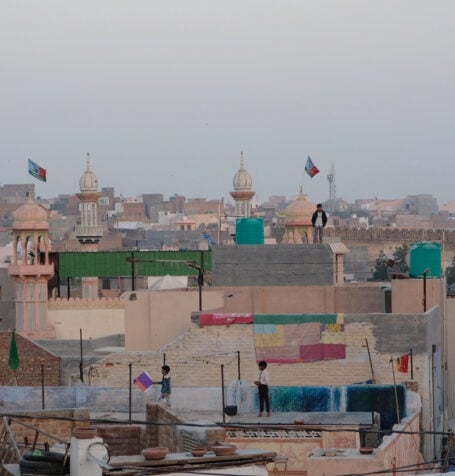
Trip to Agra, Sheroes Hangout
After our lovely stay in Bikaner, we said goodbye to Hara House, Manoj, the funny boy interns, and the feisty girl guides. Three travelers had gone home to Canada early, and the rest of us packed into a hired car early one morning. We started what was supposed to be a six-hour journey to Agra so we can visit the Taj Mahal.
Unfortunately, there was a severe fog and smog warning that morning. I had never seen such thick fog in my life. We literally could not see the vehicle in front of us on the road so our driver had to pull over. It didn't get much better, but we decided to get going anyway, following other vehicles that helped illuminate the roads somewhat. The driving conditions were perilous, even for India, and drivers still pulled their typical stunts such as pulling into the oncoming traffic to bypass cars in front of them, so a few times, it appeared as if a car or truck would crash directly into us.
I have this theory that Indian people who are used to the constant crazy traffic have managed to rewire their brains so they no longer feel fear when they're driving. Everyone seems to be patient and optimistic, and there are fewer accidents on the road than you'd think. I remember once in Delhi, our tuk-tuk nudged a pedestrian, knocking some papers out of his hand. The man merely picked up his papers and continued walking, not even glancing back. Another time in Bikaner, a regular-sized car was driving in an alley and got stuck because traffic for smaller vehicles (tuk-tuks, motorcycles, bikes) were going both ways. Our tuk-tuk and some others had to back up to let the car through, and nobody seemed remotely annoyed. This is just the way of life in India, and there's no point getting angry or impatient.
Due to the fog and bad traffic, our travel time to Agra doubled to twelve hours, and by the time we reached the city, the Taj Majal was closing! Sadly, we couldn't visit, but again, you have to go with the flow in India. Sometimes things don't happen the way you want to and you just have to adapt.
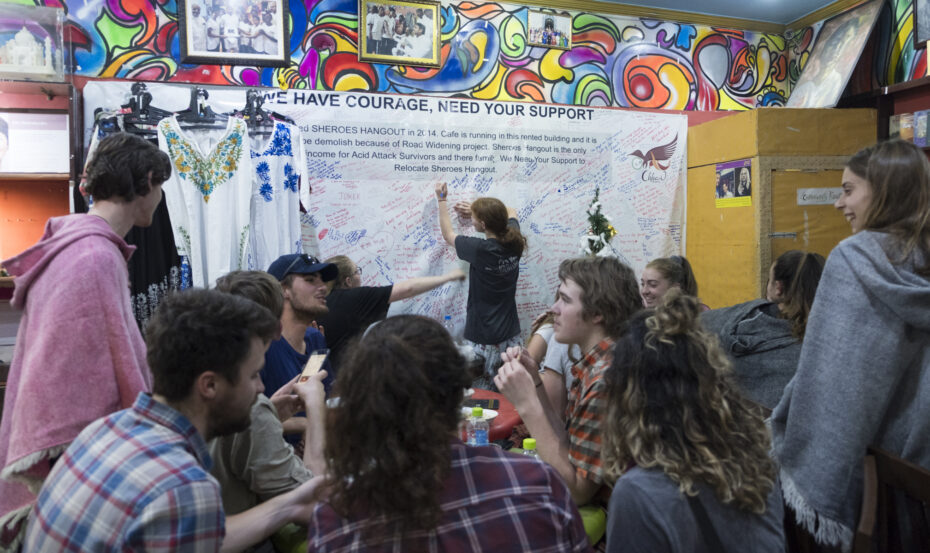
We had dinner at Sheroes' Hangout, a restaurant run by acid attack survivors. From our table, we watched a touching short documentary about acid attacks, why they happened to the survivors, and how the restaurant came to be. I couldn't believe that acid is so easily available for purchase in India and that many victims are attacked by members of their own family.
Not only does Sheroes' have great food, but they also offer a community for survivors to heal and rebuild their lives, as well as raise awareness for the Stop Acid Attacks campaign.
After meeting these women and hearing their stories, my disappointment in not being able to visit the Taj Mahal felt really minor. Real happiness is connecting with people and helping each other. Sheroes' Hangout is losing the building they currently operate out of, so please support their fundraiser to move into a permanent location in Agra.
After dinner, we drove back to our original Airbnb in Delhi, which fortunately didn't take too long from Agra. Jazzmine will probably exclude the Taj in future tours since it's a bit out of the way, and travelers can arrange to visit either before or after the tour. I'll come back to India to visit the Taj someday, but who knows when. It could be next year or retirement age. I would also love to spend more time in other places in Rajasthan as well, given the lovely time I had in Bikaner.
Continue my sustainable India travel adventures with Part 3: Rishikesh.